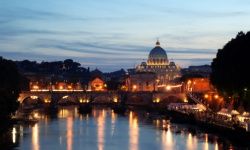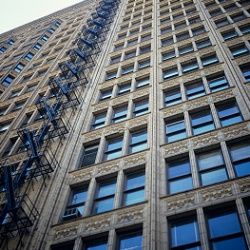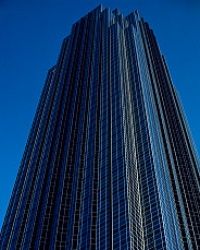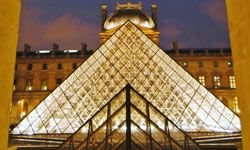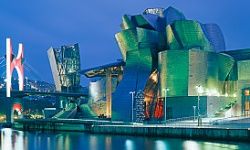What counts as inspiration and what counts as plagiarism? And how do you clearly draw the line? The difference between enthusing over someone else's work andflat-out copyingit can be a difficult one to rationalize and interpret. Flattery? OK, cool deal. Stealing? Get out!
But with architects in particular, this has been a major point of contention for centuries. Temperaments matter between the "glass half full" guys and the "glass half empty" guys. The style-assured and the paranoid. Maybe even the introvert versus the extrovert. Regardless, architects have -- throughout the ages -- borrowed and adapted one another's work. It's just sort of their thing.
Advertisement
So whether you consider them innovators, or victims of envious imitators, here are some of the most influential architects of all time.

